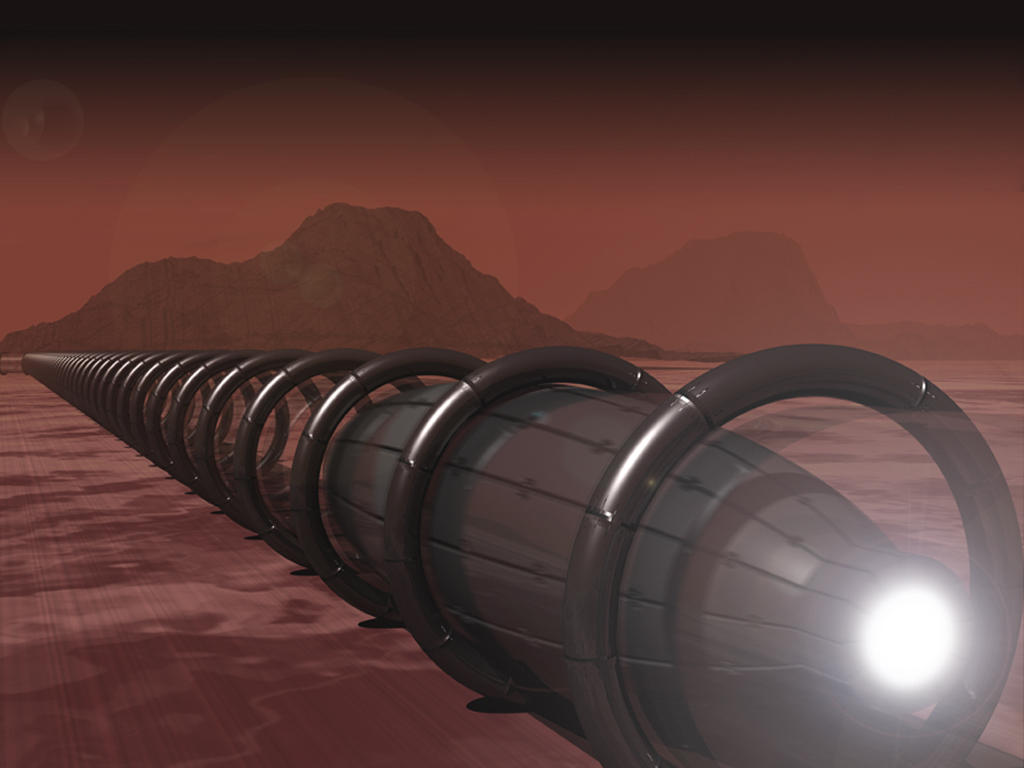- Get link
- X
- Other Apps
- Get link
- X
- Other Apps
Charles Bombardier, is a Montreal-based innovator, has uncovered an idea for a hypothetical space train called Solar Express that can take passengers and freights between planets faster than any present systems.
Bombardier said on Solar Express site, "In space, the most costly portions of travel are the acceleration and deceleration phases. The energy required for those portions is terrific, particularly for something as heavy as a space train. In addition, if you were to start shipping cargo, it would become very expensive.
"However, once the train reached its travelling speed, its energy consumption would be nominal. That’s the idea behind the Solar Express model. It would never stop; instead, space wagons/capsules would rendezvous with it."
While it is necessarily important to keep in mind that this is just a theoretical idea and not a project in fact being implemented in reality (yet, besides), the team is looking at outside-of-the-box answers to humanity’s space travel problems.
To launch, one of the most expensive features of space travel, Solar Express would use rocket boosters, keeping a low amount of fuel on standby to regulate course. Then, the train would slingshot around astronomic bodies to gain speed without requiring more fuel.
After in motion, the train would never stop. Instead, smaller crafts would join up with the train when it orbits a planet to collect supplies and drop the passengers. The capacity to keep going forever would cut expenditures, though the up-front manufacture cost would be huge.
Bombardier said,"Clearly, there is a lot to consider starting with dimensions, speed, masses, energy, etc. How do you control such a multipart vehicle? The Solar Express is a basic idea and we would like to know how we could advance it."
If you can take the imaginative dive, though, the opportunities of a working Solar Express would be senseless. According to Kritin Tablang from Forbes, a tour from Earth to the Moon would take only 2.13 minutes, although a trip to Mars would take about 37 hours. A trip to Neptune, the utmost planet from Earth, would take almost 18 days.



Comments
Post a Comment